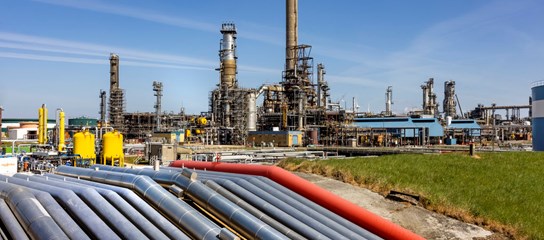North Sea Port joins efforts to promote sustainable shipping on the Rhine
Anyone who consults a map can see that North Sea Port is a true Rhine port. Barges navigate seamlessly from Vlissingen, Terneuzen and Ghent to the Rhine and back. After all, North Sea Port is located on the European North Sea-Rhine-Mediterranean transport corridor.
60% to the hinterland by barge
This is a major asset, since the Rhine is by far the most important European artery for water transport. It helps explain why inland navigation is the main inland transport mode at North Sea Port, with over 60% of all goods moving to and from Europe's hinterland doing so by barge – no fewer than 61 million tonnes last year. To transport that volume by road would require a little under three million trucks.
Unique 'Rhine cooperation'
At the 'Länderkonferenz Rhein' in Düsseldorf, some 90 governments, authorities, ports and economic players from the six Rhine countries – Germany, the Netherlands, Belgium, Luxembourg, France and Switzerland – signed a charter to promote sustainable, climate-neutral and competitive inland navigation. Such broad cooperation – Perspektive nachhaltige Rheinschifffahrt 2030 – is unprecedented.
(Even) more by water
The cooperation aims to get (even) more cargo onto barges. It is not only companies that benefit, because greener logistics chains help address the challenge of climate change by reducing CO2 emissions from the transport sector. Europe wants to see those emissions reduced by a quarter by 2030.
Ports have a key role to play here, and North Sea Port is keen to make its contribution.
More info: "Rhine navigation is indispensable for sustainable logistics" | umwelt.nrw.de





